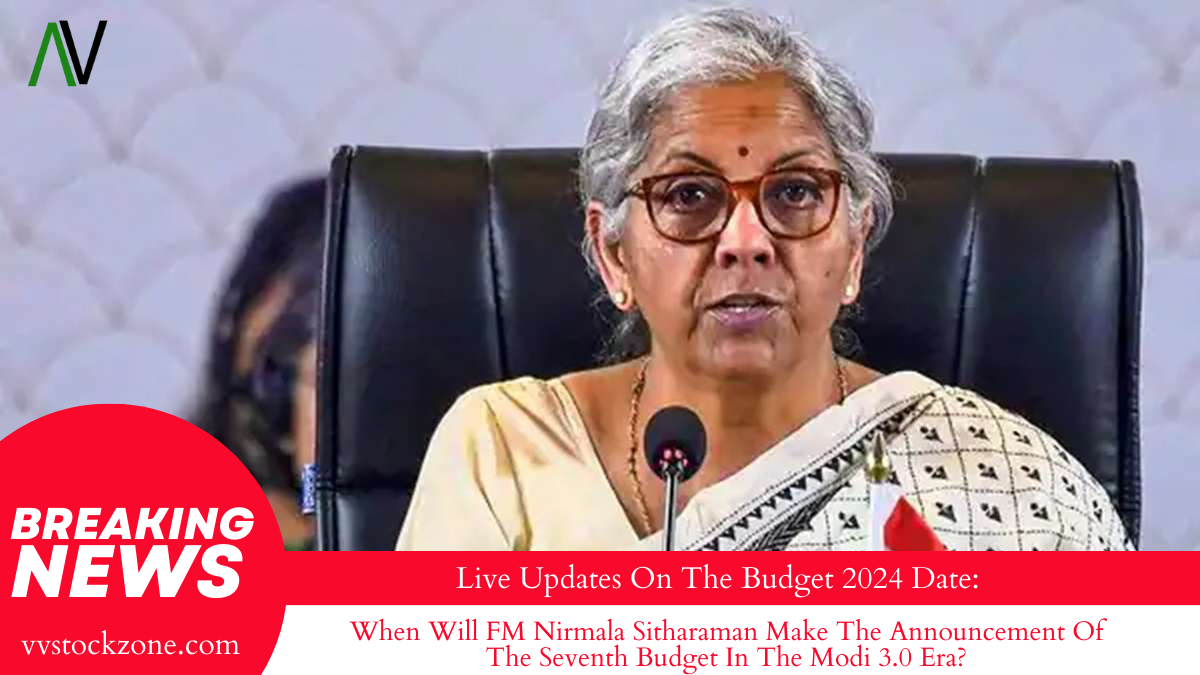The World Bank’s most recent projections, which were revised upward to 7.5%—a considerable increase from earlier estimates—pave a positive picture for India’s economic growth in 2024. Growth in the South Asian region, led by India, is predicted to reach 6.0% in 2024 and continue at a strong rate of 6.1% in 2025, making it a major contributor to the expansion of the global economy.
India’s economy is expected to keep growing, strengthened by solid results in the industry and services sectors, according to the World Bank’s South Asia Development Update. According to the report, India’s GDP grew by 8.4% in the fourth quarter of 2023, above forecasts and fueled by government spending and investments.
The composite Purchasing Managers Index (PMI), which was 60.6 in February—well above the global average and indicating a strong expansion—is one of the main measures of India’s economic strength. Additionally, since February 2023, stable policy rates have helped to keep inflation within the Reserve Bank’s target range.
India’s economic conditions are likewise good; as of December 2023, domestic credit issuance increased by 14% year over year. The banking industry’s improved asset quality is reflected in the nonperforming-loan ratio, which dropped to 3.2%. A stable financial environment has also been facilitated by regulatory capital adequacy exceeding requirements.
Foreign portfolio investments have grown, resulting in an increase in foreign reserves, despite a minor decrease in foreign direct investment (FDI). This shows that foreign investors are still optimistic about India’s economic future.
According to World Bank projections, India’s output growth will continue to be strong at 7.5% in FY 2023–2024 before slightly declining to 6.6% in FY 2024–2025. A decline in investment growth from prior peaks is blamed for the expected slowdown. The bank does anticipate, however, that the real estate and construction industries will continue to fuel strong growth in the services and industry sectors.
The report projects that solid output growth and government consolidation efforts will support a decline in the fiscal deficit and government debt over the medium term. Given the optimistic outlook, India’s economy appears to be on a promising trajectory, with potential growth dividends from public investments anticipated in the upcoming years.
The World Bank’s Vice President for South Asia, Martin Raiser, expressed optimism regarding the region’s near-term growth prospects. He did, however, issue a warning regarding difficulties like financial risk and climate risks, highlighting the necessity of taking legislative action to address these problems.
The World Bank’s Chief Economist for South Asia, Franziska Ohnsorge, highlighted the importance of measures to boost employment and private investment in order to fully utilize India’s demographic dividend.
According to the World Bank’s projections, India is a significant contributor to the economic growth of the region. India is in a good position to maintain its economic momentum and promote prosperity throughout South Asia and beyond thanks to its solid foundation and helpful policies.
Also Read: BMW and Tata Technologies Joint Venture For Developing Automotive Software





